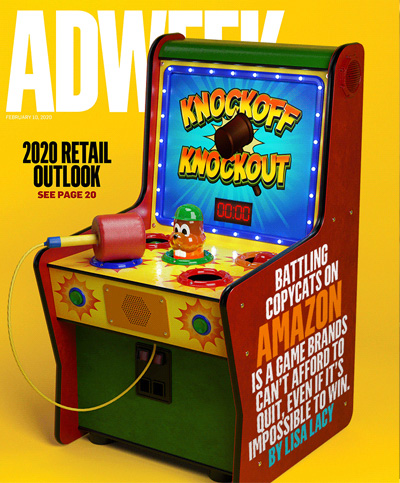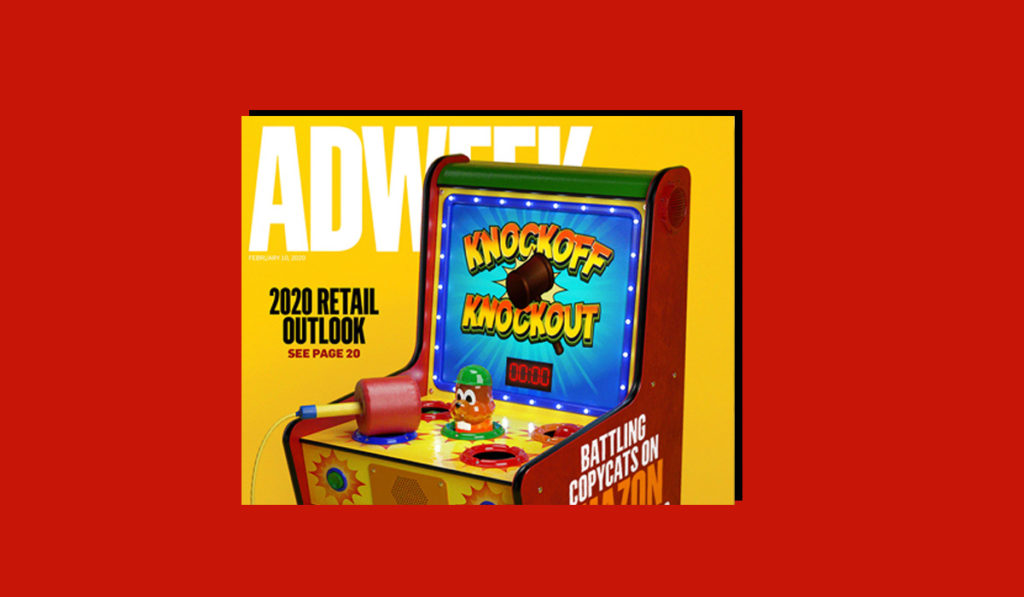February 18, 2020 | Lisa Lacy
Copycat products are widely available on Amazon thanks to the proliferation of third-party sellers, and it’s a real problem for brands.
*Article originally published in Adweek (2/9/2020)

ESTABLISH A MINIMUM PRICE
Another option is minimum advertised pricing (MAP) agreements.
Green says Free Brands lost over $100,000 in sales as a result of third parties buying the product wholesale and selling it to an unauthorized seller “who sells it on Amazon against you for $0.50 less but gets your Buy Box and you lose sales.”
So the brand put in a MAP agreement with all vendors “forbidding them to sell away from or on Amazon, but while it’s helped, it hasn’t stopped,” Green says.
Free Brands also does added due diligence before opening accounts with distributors and has diversified its sales channels “so all our eggs were not in one sales basket,” she says.
(In response to Free Brands’ assertion that it lost money, Amazon’s spokesperson had this to say: “Reselling is a legitimate, long-standing component of the retail ecosystem that provides customers with access to authentic goods at competitive prices. By Free Brands’ own account, it sold these products to a third party and thus has not lost sales.”)
…Similarly, wholesalers that want to work with BottleKeeper must agree to a MAP of $29.99 or $34.99 for its products.
Mike Barland, CEO of MGP Caliper Covers, says the automotive accessories brand also uses software to search for anyone selling below MGP’s $250 threshold. Those selling under MAP pricing and other unapproved vendors go on a Do Not Sell list with wholesalers, he says.
“We used to want to sell to anybody,” says Barland. “Now we vet them to make sure they uphold our pricing … and do their best to support customers.”
MGP Caliper Covers sells on Amazon directly, through the platform’s Seller Central interface, and works with three approved resellers on Amazon, but is “always fighting to get rid of the other ones,” he adds.
“When there’s a problem with an unauthorized reseller, the brand is the one that gets hurt,” says Barland. “People see our brand and associate it with a brand experience. If they can’t get hold of anyone, or figure out if this fits [their] car or the seller maybe ships the wrong product, the customer experience then becomes an issue for the brand.”
Read the entire article in HERE



